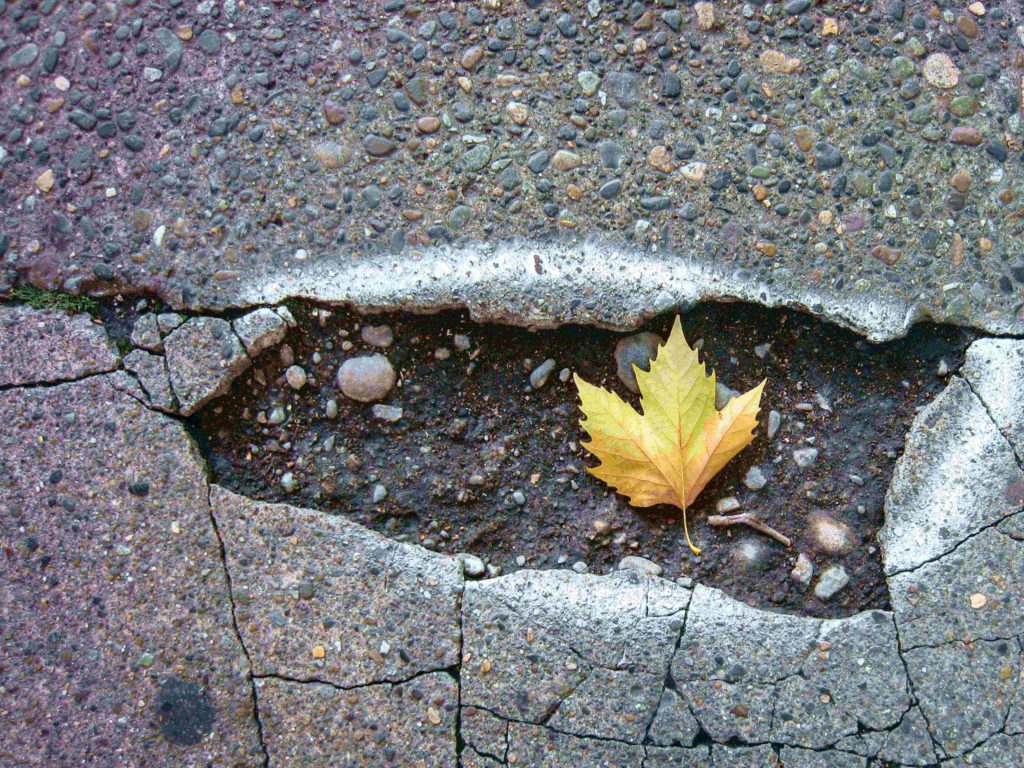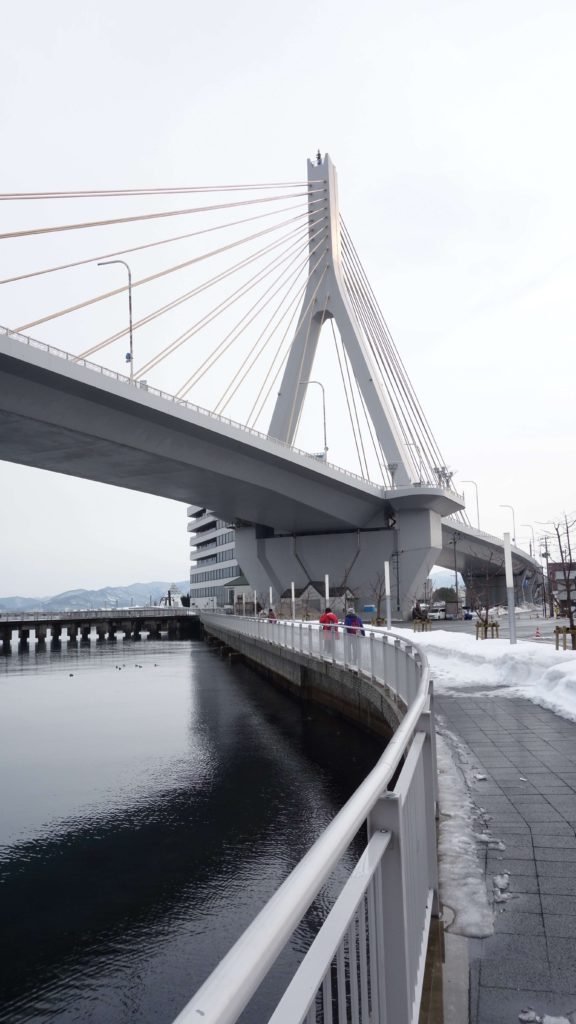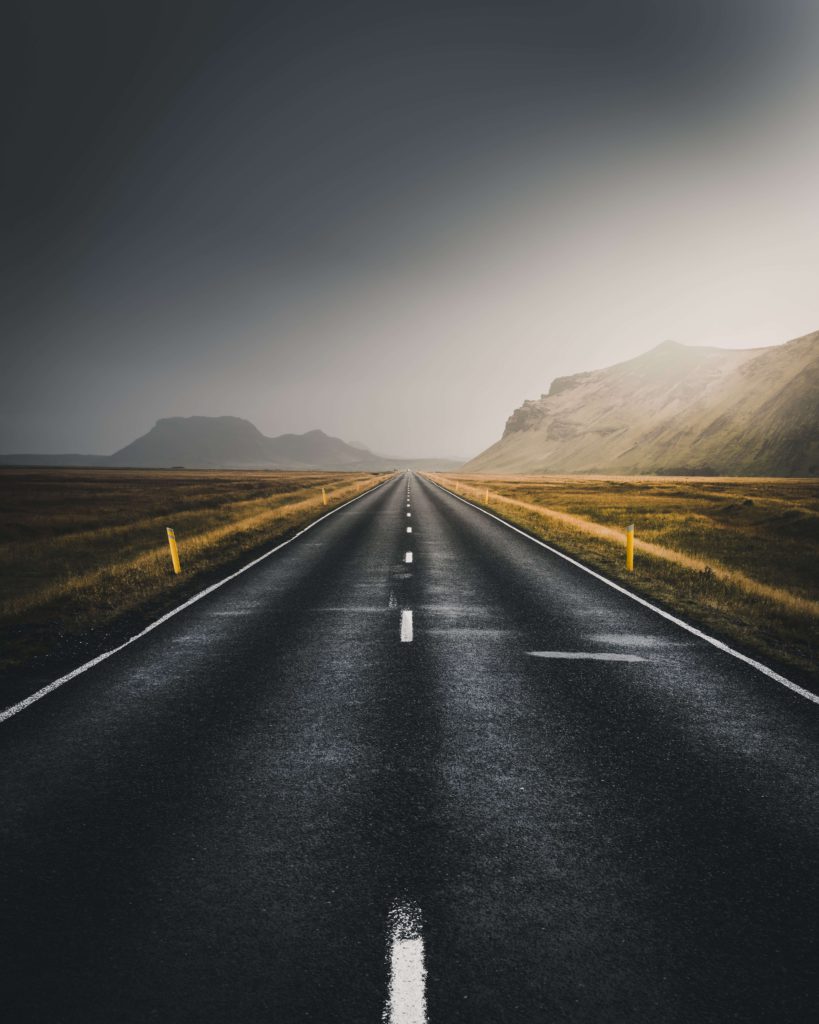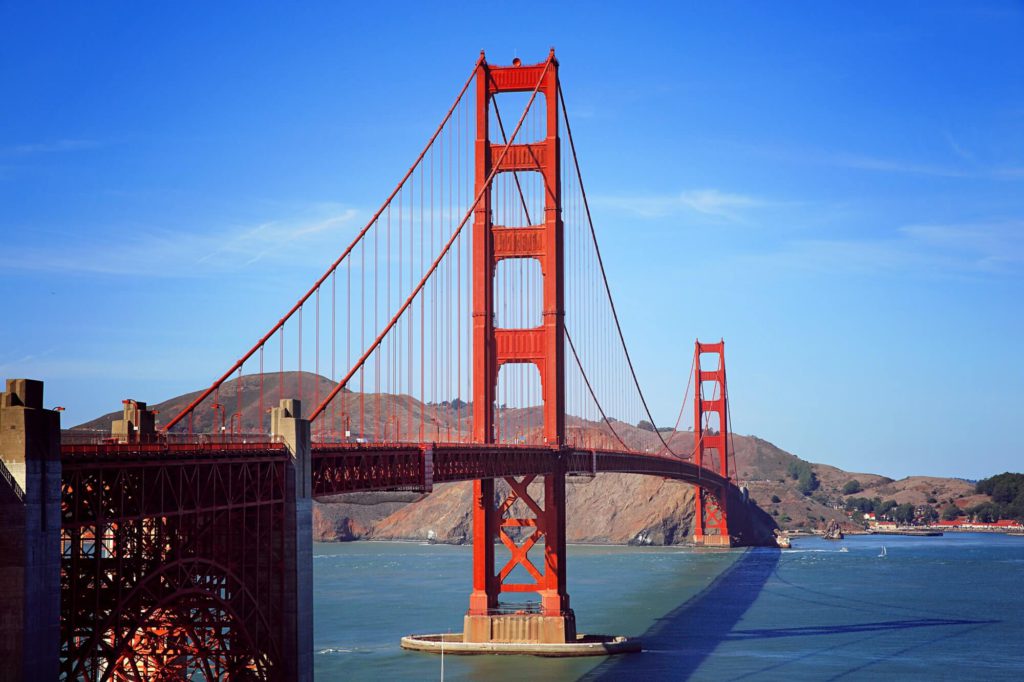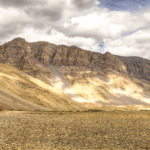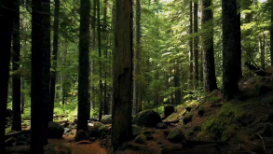From potholes to rusting bridges, the built world is prone to corrosion that costs the global economy trillions of dollars a year, and produces millions of metric tonnes of carbon emissions. But what if we could use the insights of nature to help infrastructure to heal itself?
The future of global infrastructure is to be found on a humble stretch of motorway in the province of Zeeland, in the Netherlands. In 2010 the Dutch government donated a 400-metre strip of the A58 to Erik Schlangen and his team at the Faculty of Civil Engineering and Geosciences at the University of Delft, to test the radical idea of creating a road surface capable of healing itself.
The porous mixture of bitumen and aggregate stones used on road surfaces across the globe is a dream to drive on, but costly to maintain. Over several years UV light exposure and tyre pressure cause the binding bitumen to shrink, loosening the aggregate and leading to everything from potholes to damaged windscreens and road accidents. Schlangen realised that by incorporating into a novel asphalt tiny fibres of the steel wool that’s commonly used to scrub domestic saucepans and applying occasional induction heat from a modified vehicle, he could initiate a form of self-repair.
“When you heat up the steel, you melt the bitumen and the bitumen will flow into these micro-cracks and the stones are again fixed to the asphalt,” said Schlangen, demonstrating his self-healing asphalt with a sledgehammer and microwave, in a TED Talk that’s been viewed over a million times.
Repairing the material world that supports our modern lives is costly, both financially and it comes to carbon emissions. In 2009, EU governments invested €4.5 billion into the development and maintenance of EU road networks and corrosion of industrial and transport infrastructure is estimated to cost the global economy US $2.5 trillion a year. The arrival of animate materials promises to radically reduce these expenses as it revolutionises the way we understand our built world.

“Animate materials are more like nature,” says Mark Miodownik, Professor of Materials and Society at University College London in the UK and author of a 2020 Royal Society report into the potential of animate materials. “Nature makes materials, but these materials look after themselves, they harvest energy from the sun and can heal themselves. That is where the materials of the future will be.”
The revolution has already arrived in the lab, where design breakthroughs in recent years include a a coating for concrete that contains microcapsules that seal cracks when activated by sunlight, developed by researchers in South Korea; ‘living bricks’, made by mixing gelatin, calcite and sand with Synechococcus bacteria, which regenerate in response to temperature and humidity changes, from a team at the University of Boulder in Colorado; and a self-healing coating that can patch up imperfections on metal in matter of seconds from Northwestern University, an advance on the ‘self-healing’ polymers that are already used by Nissan to heal scratches on car bodywork.
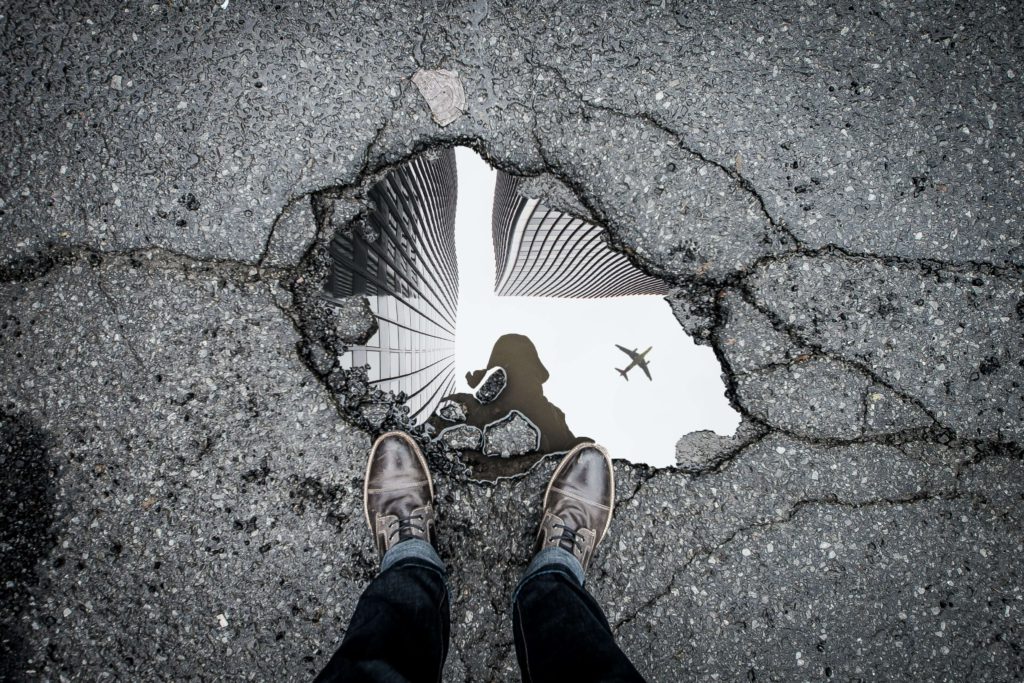
One downside to the coming revolution in living materials, Miodownik points out, is that it disrupts established economies of ‘build and repair’. “Potholes drive economic growth,” Miodownik explains, “as companies have contracts to build roads and also repair the potholes in these roads.” The revolution, he adds, will require radical new business models.
Ten years on, studies on the samples from the A58 suggest that the life asphalt road can be doubled to 15 years if induction heat is applied every four years. Erik Schlangen’s road, he is happy to report, remains pothole-free. “Imagine buildings, roads, bridges, walls and perhaps entire cities that have qualities like these, composed of building blocks that can mimic some of the characteristics of cells and that operate autonomously together to promote growth, adaptation and healing,” the Royal Society Report concludes; daring us to dream.
Author: The India Story Agency for Sacred Groves
Images Credit: Marc Oliver Jodoin, Ian Taylor, Andy Kuo (Unsplash)
Did you enjoy this article?
Share with friends to inspire positive action.
